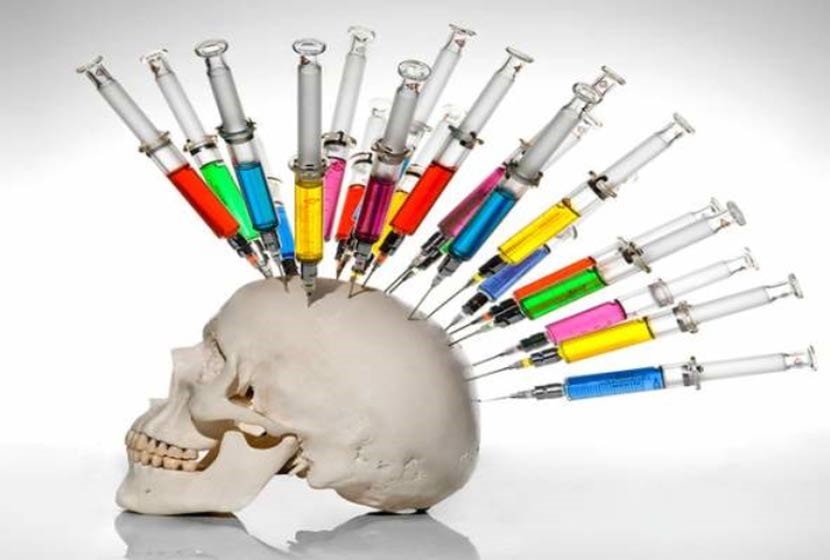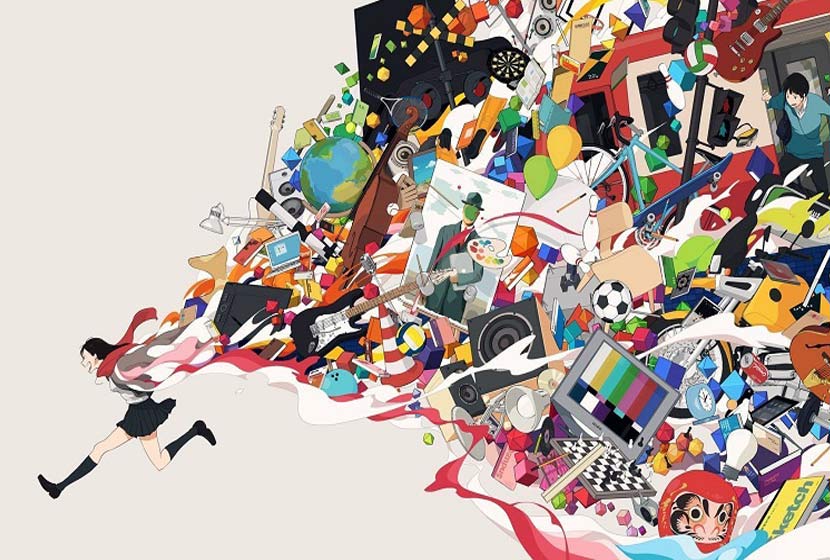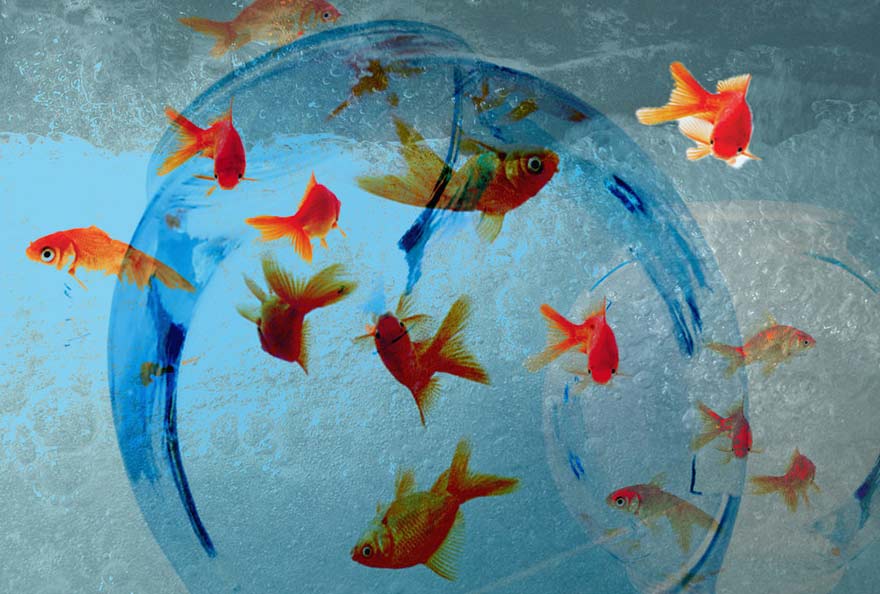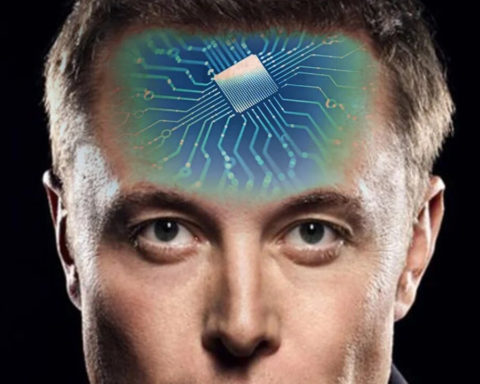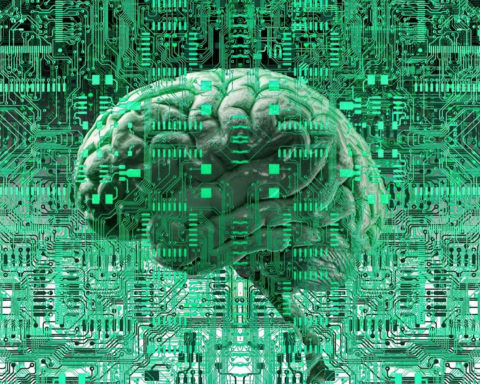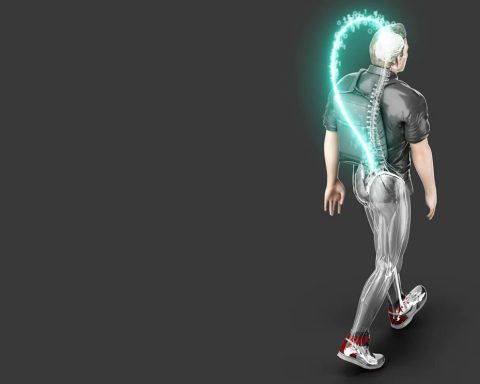The memory of the future, a major role in decision-making...
In everyday language, memory refers to the past. However, it is not only used to recall the past, it is also used to imagine the future. We project ourselves into the future thanks to our memory. Picking up children from school, planning vacations, are tasks that require the use of a memory of the future. To pick up the children from school, I have to calculate when to stop my work and remember it at the right time. To plan the holidays, I need to organize all kinds of tasks in advance... In the brain, the memory of the past and the memory of the future share the same areas. This is not due to chance, but to the fact that what is used to imagine the future comes from the past.
The memory of the future, a poorly known resource
Ahe scenarios we develop are based on real-life episodes and the information we have assimilated. Representations of the future are constructed using mnemonic traces, reconfigured and enriched with some new information. Creative geniuses are better than others at finding new arrangements; they know how to induce suppositions. Science fiction films make the most of this brain power. Imagination is the ability to combine past knowledge in an original way, while extrapolating possible discoveries. The projection of an element in a new context, combined with knowledge from other fields, supplemented by the contributions of new technologies and, for the most creative, leads to recent discoveries, allows all kinds of inventions. While creativity is the order of the day in organizations, the work of enriching the memory of the future is largely underestimated.

A skill that becomes strategic for decision making
While some are capable of innovative arrangements, most people favour a mental representation of things they know well. Concerned about safety and risk control, they have not learned to value forward thinking. Although novelty has been a concern (at least marketing and financial) for many years, "breakthrough" innovations remain marginal. While some markets have already been revolutionized, the phenomenon is becoming widespread. To make a decision, the brain makes hypotheses based on probable results, but it still needs to be given "grain to grind" so that it can enrich its assumptions.
In this context, Daniel Kahneman, a specialist in cognitive psychology and behavioural economics (2002 Nobel Prize in Economics) has shown to what extent we can delude ourselves about our unconscious motivations and our possibilities to take statistical elements into account. Under the influence of very powerful cognitive routines, and of all sorts of still mysterious automatics (including emotions, the reward circuit...), decisions are not as objective as we think they are. Based on this observation, decision by disruption is a particularly demanding cognitive and emotional sport.
Learn executive intelligence and acquire a new resource
In the course of life, most of us learn that what is predictable is easier to live with than what is not. The unknown is more emotionally and cognitively demanding. Practicing how to deal with the new requires learning. The need for security, which is legitimate for every human being, can find support in new cognitive and emotional skills. In any case, having reference points to explore new territories is a precious help. Olivier Houdé, professor of psychology at the University of Paris-Descartes, director of the LaPsyDE laboratory (CNRS) at the Sorbonne... campaigns for the learning of executive intelligence, in schools...and elsewhere. This condition is necessary for the development of a cognitive capacity adapted to the questioning of automatisms.
Teaching has favoured logical-mathematical reasoning over scientific courses, creating the illusion of global competence. However, our cognitive capacities are more diversified, and we still need to access them and know how to interact with them. Understanding our limits and our potentials allows us to develop new tools to better know how to diversify our points of view and our modes of reasoning. Learning not to submit to our cognitive cerebral automatisms is an essential step for the implementation of new opportunities and new solutions in a world that is leading us to unknown shores.

Bibliography
- Daniel KAHNEMAN, System 1, System 2, the two speeds of thought, Flammarion 2012
- Olivier HOUDE, Le raisonnement, PUF, 2014
- Alain BERTHOZ, La décision, Odile JACOB, 2003
- H. GARDNER, les formes de l'intelligence, Odile Jacob, 1997

